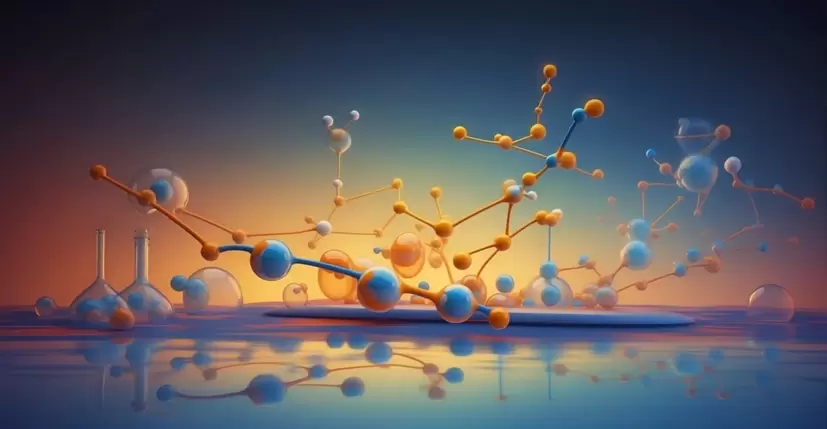Small molecule drugs have always been the pillar of the pharmaceutical industry!
For nearly a century, small molecule drugs have been the backbone of the pharmaceutical industry.
They have significant advantages in production, transportation and storage, patient compliance, available target range, immunogenicity, and continue to play a crucial role in patient treatment.
The technological advancements of the past decade have enabled pharmaceutical companies to discover and develop more and more innovative small molecule therapies for treating a range of different indications, and in the future, small molecules will continue to be the mainstay of clinical treatment drugs, playing a crucial role in the treatment of a range of diseases.

What is a small molecule drug?
Small molecule drugs are defined as any low molecular weight organic compound that is discovered, designed, and developed to intervene in specific physiological processes within the organism. Common small molecule drugs include antibiotics (such as penicillin), analgesics (such as paracetamol), and synthetic hormones (such as corticosteroids).
Small molecule drugs are the most approved types of drugs to date, with the ability to quickly penetrate cell membranes and interact precisely with specific targets within cells.
Small molecules can cause therapeutic reactions in the human body in various ways. The three most common types are:
Enzyme inhibitors: Small molecules intervene in disease progression by blocking enzyme activity;
• Receptor agonists/antagonists: Small molecules interact with proteins present on the cell surface to activate or block receptors;
Ion channel modulators: Small molecule drugs can regulate the opening and closing of ion channels to regulate the entry and exit of ions and treat diseases such as epilepsy.
These mechanisms of action all involve a specific region on the protein, which is the binding pocket or active site of small molecules. The development of small molecules is usually based on the classical lock key model theory, which adapts the design of small molecules based on the space, hydrophobicity, and electrical properties of the binding pocket, so as to effectively bind the target and affect its function.
The advantages of small molecule drugs
With the rise of emerging drug models such as antibodies, gene therapy, and cell therapy, small molecule drugs were once considered to be outdated, but in fact, small molecule drugs still have their irreplaceability.
Compared to biological agents, small molecules still have significant advantages in production, transportation, patient compliance, available target range, immunogenicity, and other aspects.
Small molecules have relatively simple structures, with a molecular weight generally not exceeding 500 Daltons, and can be customized to meet specific therapeutic needs;
It is usually very stable and rarely requires specialized storage conditions such as being placed under low temperature conditions; Behavior in the body is usually predictable and easy to administer.
In addition, small molecules can easily circulate and move within the organism, transfer from the intestine through blood flow to the site of action, penetrate the cell membrane to reach intracellular targets, and have rich multifunctionality, making them indispensable in various medical fields such as oncology, cardiovascular health, infectious diseases, mental health, and neurological diseases.
Small molecules have been, are, and will continue to be the mainstay of clinical therapeutic drugs in the past, present, and future
In the past 15 to 20 years, a large number of small molecule drugs have been approved by the FDA and have had a profound impact on patient care, including Cymbalta for treating depression and anxiety, Viagra for treating erectile dysfunction, Tagrisso for targeting NSCLC, and Eliquis for atrial fibrillation and anticoagulation.
In fact, the number of new small molecule drugs approved by the FDA increased by over 50% last year, with 34 innovative small molecule drugs approved in 2023 and only 21 in 2022. In addition, small molecule drugs also accounted for 62% of the total FDA approved new drugs in 2023, indicating that small molecules are still crucial for the advancement of healthcare.
In the top 100 list of drug sales in 2021, there were a total of 45 small molecule drugs, accounting for 36% of total sales revenue; There are 11 small molecule anti-tumor drugs that have entered the TOP100 list, with a total sales revenue of 51.901 billion US dollars. The highest sales revenue is 12.891 billion US dollars for lenalidomide; In 2022, the total sales of small molecule drugs in the Top 10 alone reached 96.6 billion US dollars, with Paxlovid selling up to 18.9 billion US dollars globally, fully demonstrating the market potential of small molecule drugs.












